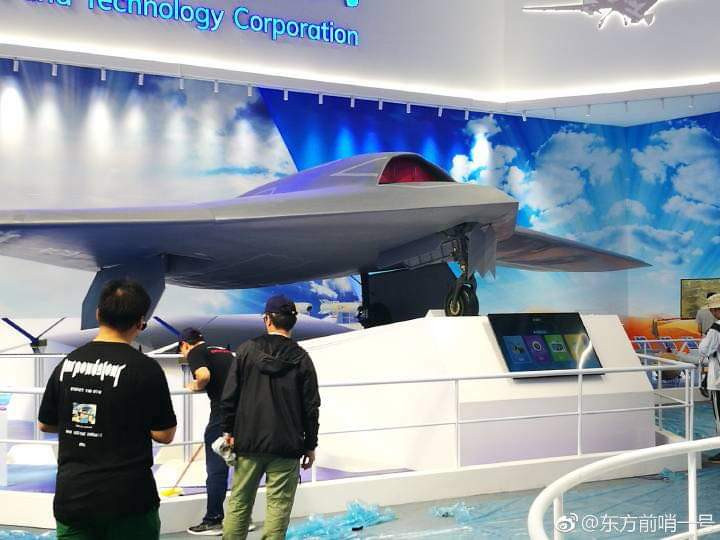As the name itself suggest, most of China's stealth drone technologies are, most of the time, hidden from the public eye. Additionally, the country's advanced military hardware oftentimes overshadow its stealth programs. In a rather surprising move, China recently flaunted some of its high-end stealth drones during the biennial Zhuhai Air Show.
The Zhuhai Air Show, also known as the China International Aviation and Space Exhibition, is often used by China as a stage to formally launch some of the country's newest aircraft and other military hardware. In 2016, China unveiled the J-20 stealth fighter jets at the event. In 2015, the light stealth combat jet J-31/FC-31 was unveiled.
At this year's iteration of the highly-anticipated air show, China took the stage to unveil its newest creation: a stealth flying wind design which many claims have been under development for more than four years. The China Aerospace Science and Industry Corporation (CASIC) claims that the drone will join its growing Tian Ying family, which is also known as the Sky Hawk series.
CASIC claims that the newly publicized drone has been tested for a number of flights since late last year. The company even went as far as releasing a photo of the drone alongside the development team behind it. However, the drone was blurred out in those images.
Based on the images taken from the 2018 Zhuhai Air Show, the drone appears to be hauntingly similar to the shape of the X-44A drone which was recently unveiled by Lockheed Martin. Observers noted that the Chinese drone will have a wingspan of around 35-foot.
Early reports claim that the mysterious drone is designed to perform long-range operations. However, due to the ambiguous visual features of the drone, it is unclear as to what type of missions the aircraft can carry out once it is operational.
One particular feature of the drone was noted by many military observers. It would appear that the drone has a more robust landing gear compared to that of a land-based drone. This feature alone led many observers to believe that the drone might be designed to fit for carrier-borne missions.
To add merits to this theory is a photo of a model of China's Type 003 carrier, believed by many to be the country's first nuclear-powered carrier. The model appears to be carrying a drone which is very similar to the shape and size of that drone that was presented at the Zhuhai Air Show.






